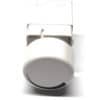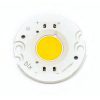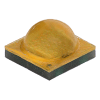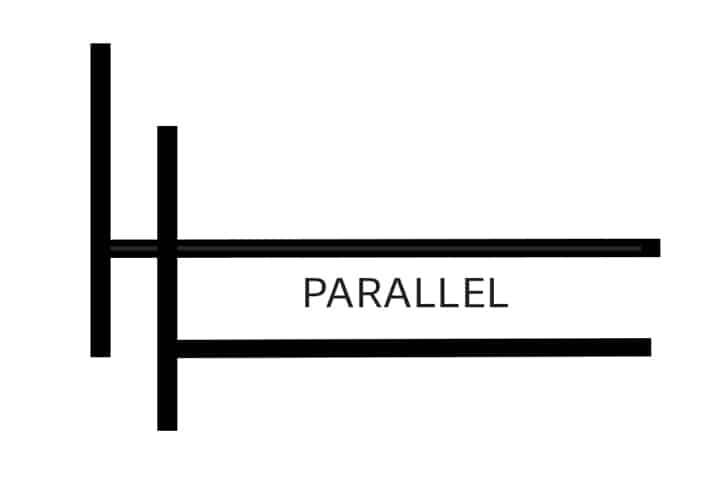Introducing our cutting-edge LED Driver Selection Calculator
The ultimate tool for simplifying your LED driver selection process. With its intuitive interface and powerful functionality, this calculator takes the guesswork out of finding the perfect LED driver for your lighting project.
Imagine being able to quickly filter and search through a vast database of LED drivers, based on your specific voltage and current requirements. Our calculator does just that! Simply enter your desired voltage and select the current range, and voila! The calculator instantly presents you with a tailored list of LED drivers that match your criteria.
But that’s not all. Our calculator goes beyond basic filtering. It allows you to input the number of LED boards you’ll be using, and with a click of a button, it calculates the current per board, watts per board, and total system watts. No more manual calculations or complex spreadsheets!
With its sleek design and user-friendly interface, the LED Driver Selection Calculator offers a seamless user experience. Whether you’re an electrical engineer, lighting designer, or DIY enthusiast, this tool empowers you to make informed decisions and streamline your LED driver selection process.
Say goodbye to the hassle of sifting through datasheets and endless online searches. Our calculator saves you time and effort, providing you with accurate and relevant results in a matter of seconds. Plus, it’s constantly updated with the latest LED driver information, ensuring you have access to the most up-to-date products on the market.
Ready to take your LED lighting projects to the next level? Try our LED Driver Selection Calculator today and experience the convenience, efficiency, and precision it offers. Revolutionize the way you choose LED drivers and unlock the potential of your lighting designs.

















